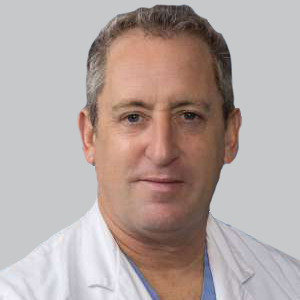Commentary
Video
Innovation in Stroke Care and Expanding the Treatment Windows: Keith Churchwell, MD, FAHA, FACC, FACP
Author(s):
The president of the American Heart Association discussed how precision medicine, advanced imaging, and expanded treatment windows are transforming stroke care, as displayed at ISC 2025. [WATCH TIME: 5 minutes]
"Even after the golden hour, there is still hope. The precise use of imaging and protocols can lead to significant improvements."
In the past decade, there has been continual progress in the field of acute ischemic stroke therapy, with innovation being introduced each year. Recent advances in stroke treatment have primarily focused on improved mechanical thrombectomy techniques for large vessel occlusions, allowing for a wider treatment window with advanced imaging to select suitable patients. As technology has improved, the opportunity to treat other types of stroke, including medium distal vessel occlusion, distal arterial occlusion, and intracerebral hemorrhage, among others, has expanded.
This year’s International Stroke Conference (ISC), held February 5-7 in Los Angeles, California, showcased some of the most cutting-edge trials that will continue to propel the field forward and improve treatment personalization. While some of late-breaking data results were considered "negative," they hold significant value as stepping stones for the field, allowing for experts to change approaches or eliminate previously conceived hypotheses. To Keith Churchwell, MD, FAHA, FACC, FACP, president of the American Heart Association (AHA), the meeting’s most notable advances in the field have been toward precision medicine and personalized approaches, which have become integral part of treatment strategies.
In a post-conference conversation, Chuchwell explored some of the most innovative and impactful topics discussed at this year’s meeting. He pointed to presentations demonstrating the expanded use of thrombolytic therapy beyond the traditional 4.5-hour window, enabled by advanced imaging techniques that assess brain tissue variability. When discussing how to safely expand the treatment window, Chuchwell emphasized the role of widespread tools, such as CT imaging, in identifying patients who could still benefit from intervention, even after significant delays. Furthermore, he noted the importance of creating care pathways, supported by programs like Get With The Guidelines, to standardize aggressive imaging and protocol use.





